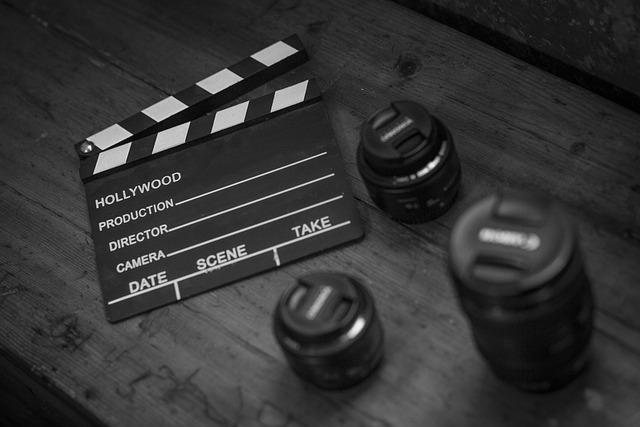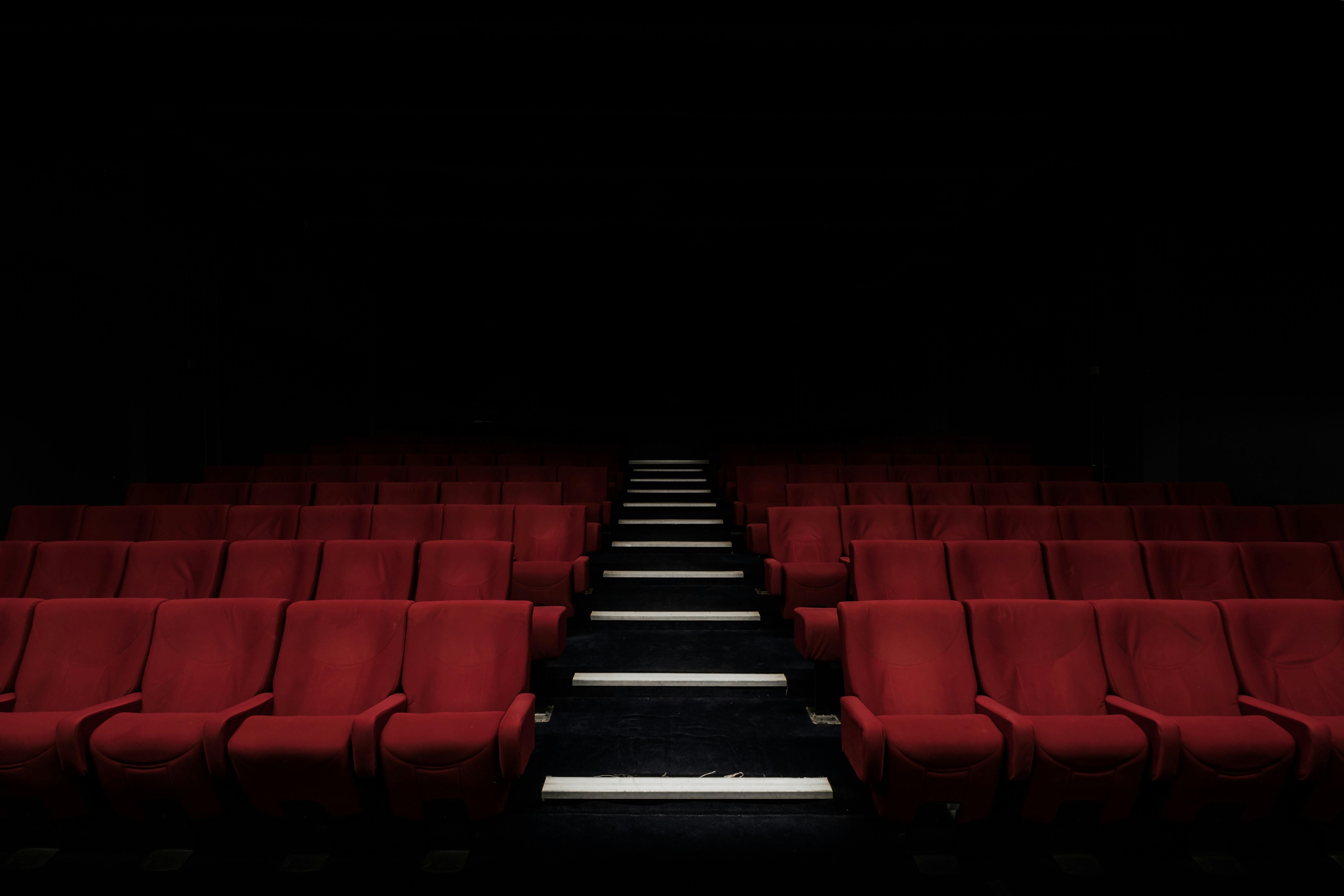In the ever-evolving landscape of cinema, the debate over the creative prowess of indie film directors versus their blockbuster counterparts remains a compelling topic of discussion. While independent filmmakers are often celebrated for their artistic freedom and innovation, directors of major studio productions wield substantial resources and influence. This article delves into the intricacies of creative expression within these two distinct realms, analyzing whether the constraints and opportunities inherent in each foster a unique brand of creativity. By examining the artistic visions, narrative choices, and production environments of both indie and blockbuster directors, we aim to uncover the nuances that define and differentiate their creative outputs.
Indie vs. Blockbuster: A Comparative Analysis of Directorial Creativity
When examining the realms of indie films and blockbusters, the canvas of directorial creativity is painted with distinct strokes. Indie directors often operate with limited budgets, which compels them to innovate and find unique solutions. This constraint can lead to groundbreaking storytelling and experimental techniques, as they are free from the commercial pressures that accompany big studio projects. Blockbuster directors, on the other hand, have access to substantial resources, allowing them to create visually stunning spectacles that captivate global audiences.
- Indie Films: Emphasis on character-driven narratives, often exploring unconventional themes.
- Blockbusters: Focus on high-octane action and visual effects to appeal to a mass market.
- Creative Freedom: Indies often allow directors more artistic control, while blockbusters involve studio oversight.
While indie filmmakers may have more room to experiment, blockbuster directors bring creativity through technological innovation and the ability to craft universal stories that resonate widely. Ultimately, creativity manifests differently in each domain, shaped by the distinct opportunities and limitations inherent to their respective environments.
 Budget Constraints on Artistic Expression”>
Budget Constraints on Artistic Expression”>
The Impact of Budget Constraints on Artistic Expression
When indie filmmakers face financial limitations, it often fuels a surge of creativity that might be less prevalent in the blockbuster realm. With tight budgets, directors are driven to find innovative solutions, leading to unique storytelling techniques and inventive uses of resources. This necessity often fosters a distinctive style that sets indie films apart. Instead of relying on expensive CGI or star-studded casts, indie directors might focus on:
- Compelling narratives that captivate audiences with depth and authenticity.
- Creative cinematography that turns limitations into visual strengths.
- Unconventional locations that add realism and character to the film.
In contrast, blockbuster directors, while possessing larger budgets, might encounter constraints of a different kind. Studio expectations and commercial pressures can sometimes limit artistic freedom, pushing directors towards formulaic approaches to ensure financial success. Thus, the freedom found in budget constraints can ironically lead to a more liberated form of artistic expression, one where indie directors are able to take risks and explore uncharted territories.

Navigating Creative Freedom: Lessons from Indie Filmmakers
Indie filmmakers often operate in a realm where creative freedom is both a blessing and a challenge. Without the constraints of big studio mandates, they can explore unique narratives and unconventional storytelling techniques. This creative latitude allows them to take risks, experiment with styles, and push the boundaries of traditional cinema. Many indie directors thrive on this freedom, producing work that is raw, authentic, and deeply personal.
However, the absence of a substantial budget and resources presents its own hurdles. Indie directors must be innovative, making the most of limited means. This often results in:
– Resourceful storytelling: Using minimal locations and props to craft compelling narratives.
– Innovative cinematography: Leveraging natural lighting and unconventional camera angles.
– Unique character development: Focusing on in-depth character arcs and emotional resonance.
These challenges foster a distinct form of creativity that, while different from the spectacle-driven focus of blockbuster directors, is equally impactful and transformative. The indie landscape encourages a diverse range of voices, offering fresh perspectives that might not fit the mainstream mold.

Strategic Recommendations for Cultivating Innovation in Blockbuster Cinema
To harness the creative potential seen in indie films within the realm of blockbuster cinema, studios can implement several strategic recommendations. First, embracing a more collaborative environment can foster innovation. Encouraging directors, writers, and producers to share diverse perspectives leads to richer storytelling. Empowering creative teams with the freedom to experiment allows for the development of unique narratives and visual styles that resonate with audiences.
Furthermore, studios should consider adopting a more flexible approach to budgeting and production timelines. This flexibility can mirror the indie film experience, where resource constraints often drive ingenuity. By allocating resources to creative experimentation and allowing for iterative processes, studios can cultivate originality. Additionally, establishing mentorship programs where seasoned directors guide emerging talent can bridge the gap between indie creativity and blockbuster execution.
- Encourage cross-departmental collaboration to stimulate diverse ideas.
- Invest in research and development for innovative storytelling techniques.
- Implement flexible budgeting to allow for creative risks.
- Foster mentorship to blend indie ingenuity with blockbuster scale.

